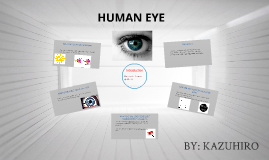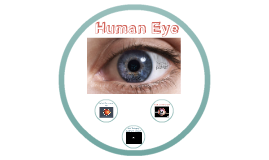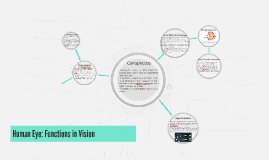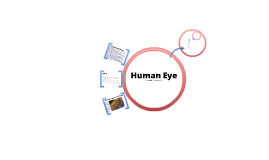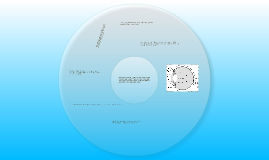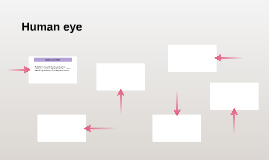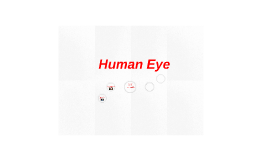Human Eye
Transcript: Sclera - also known as the white of the eye, is the opaque, fibrous, protective, outer layer of the eye containing collagen and elastic fiber, the whole sclera is white, contrasting with the coloured iris. Central Retinal Artery - branches of the ophthalmic artery, running inferior to the optic nerve within its dural sheath to the eyeball. How to Apply Contact Lenses Ciliary Process - are formed by the inward folding of the various layers of the choroid, i.e., the choroid proper and the lamina basalis, and are received between corresponding foldings of the suspensory ligament of the lens. Lens Nucleus - The crystalline lens is a transparent, biconvex structure in the eye that, along with the cornea, helps to refract light to be focused on the retina. The lens, by changing shape, functions to change the focal distance of the eye so that it can focus on objects at various distances, thus allowing a sharp real image of the object of interest to be formed on the retina. Retina - is a light-sensitive layer of tissue, lining the inner surface of the eye. Cornea - is the transparent front part of the eye that covers the iris, pupil, and anterior chamber. Inside the Human eye Human Eye Vitreous Humor - is the clear gel that fills the space between the lens and the retina of the eyeball of humans and other vertebrates. It is often referred to as the vitreous body or simply "the vitreous". Ciliary Zonules - is a ring of fibrous strands connecting the ciliary body with the crystalline lens of the eye. Choroid - also known as the choroidea or choroid coat, is the vascular layer of the eye, containing connective tissue, and lying between the retina and the sclera. The human choroid is thickest at the far extreme rear of the eye (at 0.2 mm), while in the outlying areas it narrows to 0.1 mm. About the Human Eye Pupil - is a hole located in the center of the iris of the eye that allows light to enter the retina. It appears black because light rays entering the pupil are either absorbed by the tissues inside the eye directly, or absorbed after diffuse reflections within the eye that mostly miss exiting the narrow pupil. Iris - is a thin, circular structure in the eye, responsible for controlling the diameter and size of the pupil and thus the amount of light reaching the retina. The color of the iris is often referred to as "eye color." Lense Cortex - the tissue that surrounds the lens nucleus






